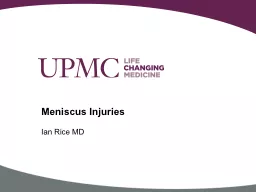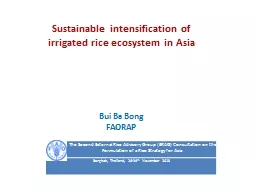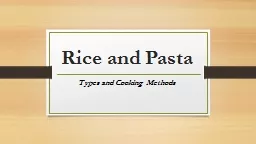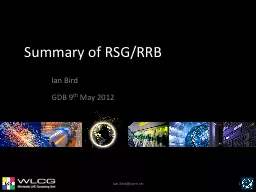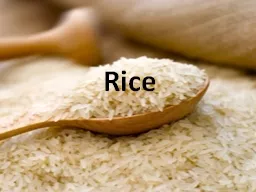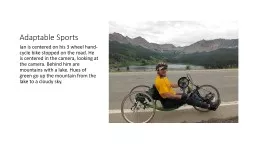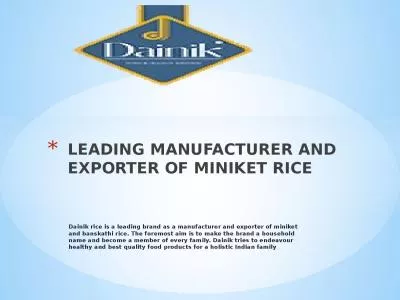PPT-Ian Rice MD
Author : alida-meadow | Published Date : 2017-08-17
Meniscus Injuries How far we havent come It is however a clinical fact that one of the semilunar cartilage usually the internal one does occasionally become loosened
Presentation Embed Code
Download Presentation
Download Presentation The PPT/PDF document "Ian Rice MD" is the property of its rightful owner. Permission is granted to download and print the materials on this website for personal, non-commercial use only, and to display it on your personal computer provided you do not modify the materials and that you retain all copyright notices contained in the materials. By downloading content from our website, you accept the terms of this agreement.
Ian Rice MD: Transcript
Download Rules Of Document
"Ian Rice MD"The content belongs to its owner. You may download and print it for personal use, without modification, and keep all copyright notices. By downloading, you agree to these terms.
Related Documents

